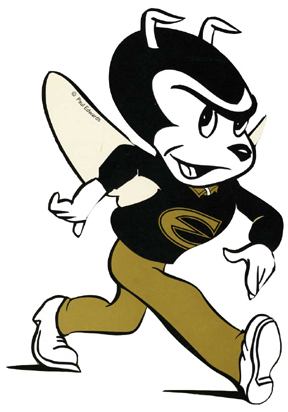- ESIRC Home
- →
- Theses
- →
- Theses 1985
- →
- View Item
JavaScript is disabled for your browser. Some features of this site may not work without it.
| dc.contributor.author | Julius, Kathleen. | |
| dc.date.accessioned | 2012-08-06T16:33:58Z | |
| dc.date.available | 2012-08-06T16:33:58Z | |
| dc.date.created | 1985 | en_US |
| dc.date.issued | 2012-08-06 | |
| dc.identifier.uri | http://hdl.handle.net/123456789/2006 | |
| dc.description | iii, 56 leaves | en_US |
| dc.description.abstract | The flute. beginning with Its most primitive ancestors. has undergone continual change during its history. The methods of playing this instrument have also continued to change. Innovative treatments of standard practices. as well as retention of "Orthodox methods have flourished. The great classical etudes and literature which were widely accepted in their original versions have been revised and renovated by modem masters. and their pedagogical value has been considerably increased. The gradual development of the mechanics of the flute has increased technical facility. There has also been significant progress made in methods of teaching and performing. In an effort to assess developments in flute pedagogy and performance. questions pertaining to former teachers. study materials. equipment. embouchure. vibrato. warm-up techniques. special effects. literature. and ideas on past schools of flute playing were sent to leading flute players and teachers in the United States. Of the 1200 sent. 149 responded. The questions used in this survey were derived from methods and writings of American authors and interviews with professional performers and university teachers in various parts of the country. The results of this survey. embodied in this thesis. are a collection of common knowledge. experiences. and opinion. Included are explanations ofvanous responses to survey questions. as well as many direct quotes of individual commentaries. For some questions. the results have been stated in numerical data. and for others. percentages have been calculated to better illustrate contrast and Similarity in answers.It is the purpose of the author in this study to contribute a concise, readable assessment of the state of flute performance and teaching in the United States today. The project provides numerical data, cross references, a consensus, where possible, of opinions, and a list of literature recommended by various teachers for different levels of study. | en_US |
| dc.language.iso | en_US | en_US |
| dc.subject | Flute-Instruction and study-United States. | en_US |
| dc.title | American flute playing: performance practice and teaching techniques. | en_US |
| dc.type | Thesis | en_US |
| dc.college | las | en_US |
| dc.advisor | James A. Starr | en_US |
| dc.department | art | en_US |


